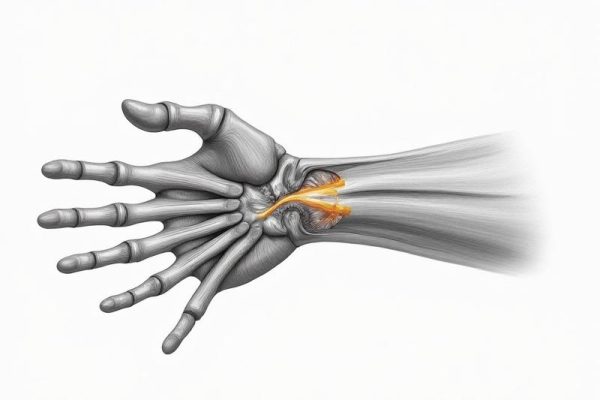```html
Understanding the Importance of Core Engagement
Modern lifestyles often demand prolonged sitting, whether at desks, during commutes, or while relaxing. This sedentary habit can weaken the core muscles—the body’s central stabilizers—leading to poor posture, back pain, and reduced mobility. Engaging the core while seated isn’t just about aesthetics; it’s a functional necessity. A strong core supports spinal alignment, improves balance, and enhances overall movement efficiency. By integrating subtle activation techniques into daily routines, you can maintain core strength without disrupting your workflow.

The Anatomy of Core Muscles: More Than Just Abs
The core is a complex network of muscles extending beyond the superficial “six-pack” rectus abdominis. It includes the transverse abdominis (deep stabilizer), internal and external obliques (rotational muscles), pelvic floor muscles, and the multifidus (spinal supporters). Together, these muscles act as a corset, bracing the torso during movement. When seated, the transverse abdominis often becomes inactive, causing the lower back to overcompensate. Understanding this interplay helps target the right muscles for effective engagement.

Subtle Seated Techniques for Core Activation
Simple movements can reactivate dormant core muscles. Try a seated pelvic tilt: press your lower back into the chair while lifting the ribcage slightly. Hold for 5 seconds, then release. Another technique is abdominal bracing: imagine preparing for a gentle punch to the stomach, tightening the muscles around the spine without holding your breath. These micro-exercises build endurance and awareness, creating a habit of engagement even during passive sitting.

Integrating Core Work into Daily Activities
Turn routine tasks into opportunities for activation. While typing, gently draw the navel toward the spine. During phone calls, practice seated leg lifts: extend one leg parallel to the floor, hold for 3 seconds, and lower. Alternate sides. These small actions reinforce neuromuscular connections, transforming idle time into productive strength-building moments. Consistency is key—frequent, low-intensity engagement yields better results than sporadic, intense workouts.

The Role of Posture in Core Activation
Slouching disengages the core and strains the lower back. Optimal seated posture involves aligning ears over shoulders and hips, with feet flat on the floor. Use a lumbar roll or folded towel to support the spine’s natural curve. Periodically perform a “posture check”: inhale to lengthen the spine, exhale to engage the transverse abdominis. This alignment reduces fatigue and allows the core to function as nature intended.
Breathing: The Unsung Hero of Core Engagement
Diaphragmatic breathing is foundational for core activation. Place one hand on your chest and the other on your belly. Inhale deeply through the nose, allowing the diaphragm to push the belly outward. Exhale slowly, drawing the navel inward. This rhythmic motion massages internal organs and activates the deep core muscles. Pair this with seated activities like reading or scrolling to build endurance and reduce stress.
Common Mistakes to Avoid
Over-tightening the abs can lead to shallow breathing and neck strain. Instead, aim for 20-30% contraction intensity—enough to feel tension without rigidity. Avoid “sucking in” the stomach, which recruits superficial muscles instead of deep stabilizers. Similarly, don’t neglect the posterior chain; gentle engagement of the glutes complements core work by stabilizing the pelvis.
Progressions for Long-Term Core Strength
Once basic activation becomes habitual, add resistance. Loop a resistance band around thighs during seated leg abductions. Try unstable surfaces: sit on a partially deflated stability ball to challenge balance. Isometric holds—like pressing palms together overhead—increase intensity. Track progress by noting how long you can maintain engagement during a 10-minute task, gradually increasing duration weekly.
Tools and Props for Enhanced Activation
Ergonomic tools can amplify efforts. Stability cushions create micro-instability, forcing core engagement to stay balanced. Posture trainers vibrate when slouching occurs, providing real-time feedback. Even a simple towel roll placed behind the lower back encourages spinal alignment. Experiment with tools to discover what reinforces your activation habits without causing distraction.
Sustaining Core Health Beyond the Chair
While seated engagement is crucial, complement it with dynamic movement. Stand every 30 minutes for a quick stretch—reach overhead, twist gently at the waist, or perform standing cat-cow stretches. These breaks reset muscle tension and reinforce the mind-body connection. Over time, these habits cultivate a resilient core that supports both sedentary tasks and active pursuits.




